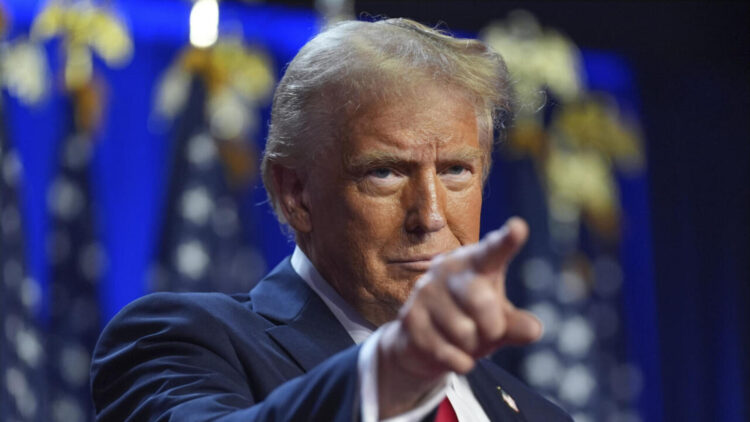Donald Trump continues to make spur of the moment announcements regarding tariffs that undo all negotiations behind the scenes. The last blunder occurred at a rally in Pittsburgh, when he announced to a screaming crowd that he was doubling the US’s aluminum and steel tariffs, from 25% up to 50%. This new decision is, according to him, meant to give American steel a major boost, especially in places like Pennsylvania where the industry has deep roots, but in reality is more likely to harm international trade relations.
The announcements did not stop there, he also boasted that he would be making a $14 billion investment in local steel production, supposedly coming from a partnership between U.S. Steel and Japan’s Nippon Steel, but the deal has not been closed yet. In fact, when speaking to reports, he admitted that the deal has not been reviewed or approved.
The new steel tariff announced by Trump, another in the series of bad decisions
While the tariff in and of itself in a different political context might not have been a bad idea, his feud with China is reaching a boiling point and the Asian giant is getting tired of the on and off negotiations where nothing is ever set in stone and they are the ones forced to vow. This has been going on since January and is not getting better. As one of the biggest steel producers, China had a big part on the import of steel and aluminum, which Trump want to eliminate by upping the import costs.
During the rally Trump stated “At 50%, they can no longer get over the fence. We are once again going to put Pennsylvania steel into the backbone of America, like never before.” He also told the crowd, made up of many local steelworkers, that “there will be no layoffs and no outsourcing whatsoever, and every US steelworker will soon receive a well-deserved $5,000 bonus.” He did not say where the bonus would be coming from or when.
The rally was full of half truths and populist comments, with Trump boasting that he had “saved” U.S. Steel back in 2018 with the original 25% tariffs although since then, the sales and profits for the US steel producers have been on a downward slope. The increase in price has made U.S. steel output overall more expensive and has meant that they have been losing ground to countries like China, India, and Japan, who have become global leaders in production.
Plus, about 25% of the steel used in the U.S. is imported, with much of it coming from nearby countries like Mexico and Canada, something Trump’s never been thrilled about.
Meanwhile, there is still an ongoing legal battle over the broader tariffs Trump introduced during his first term; a lower court had ordered them paused, but an appeals court recently gave the green light to keep them in place, although interestingly, the steel and aluminum tariffs were not affected by that ruling. Effectively what this means is that there is an almost immediate jump to 50% increase in import costs out of nowhere.
JoJo Burgess, a United Steelworkers union member and mayor of Washington, Pennsylvania, was at the rally and called it “a good day for steelworkers.” He said he made good money when Trump first put tariffs in place, and that he is hopeful that the new investment will inspire a new wave of workers to join the industry. While does not identify as a Trump supporter, he added, “I’m never going to disagree with something that’s going to level the playing field for American manufacturing.”
Trump does seem proud of his measure, and continued to showboat by emphasizing the role that steel plays in things like national security “If you don’t have steel, you don’t have a country. You don’t have a country, you can’t make a military. What are we going to do? Say, ‘Let’s go to China to get our steel from the army tanks?'” Trump joked at the rally.

